INSECTS
Many insects found on individual trees or in community forests cause mostly cosmetic damage. Though some can be indicators of a stressed tree and declining health. Understanding these insects and their life cycles along with the damage they can cause is important in maintaining tree health.
-
Lovebugs, also known as honeymoon flies, are named for their habit of mating while in flight.
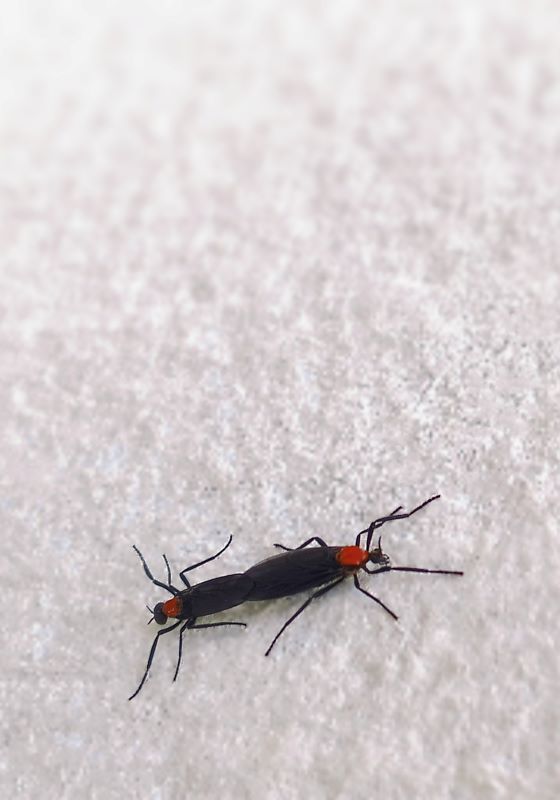
-
Walkingsticks are unusual and striking insects that mimic sticks and twigs to camouflage themselves from predators.
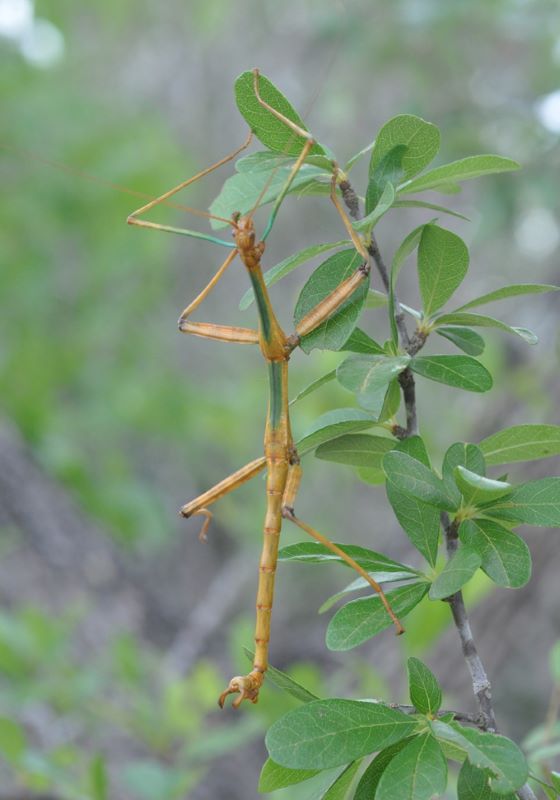
-
Katydids are members of the order Orthoptera, which includes the grasshoppers, crickets, and other species of katydids.
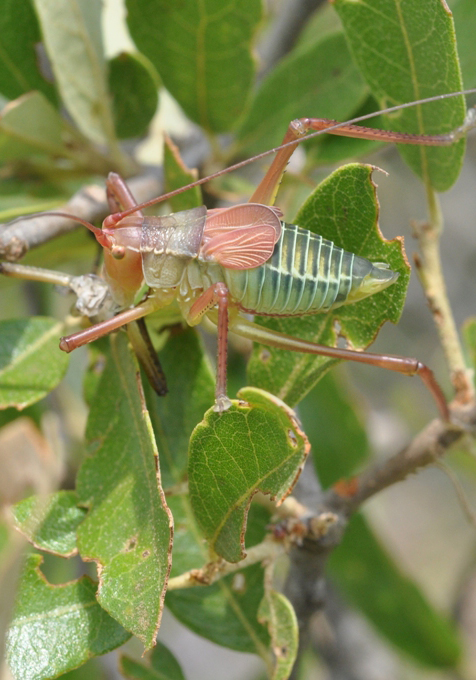
-
If you have noticed small, neatly cut, circular pieces of flower or leaf tissue missing from your ornamental plants, they have been visited by a leaf-cutting bee.
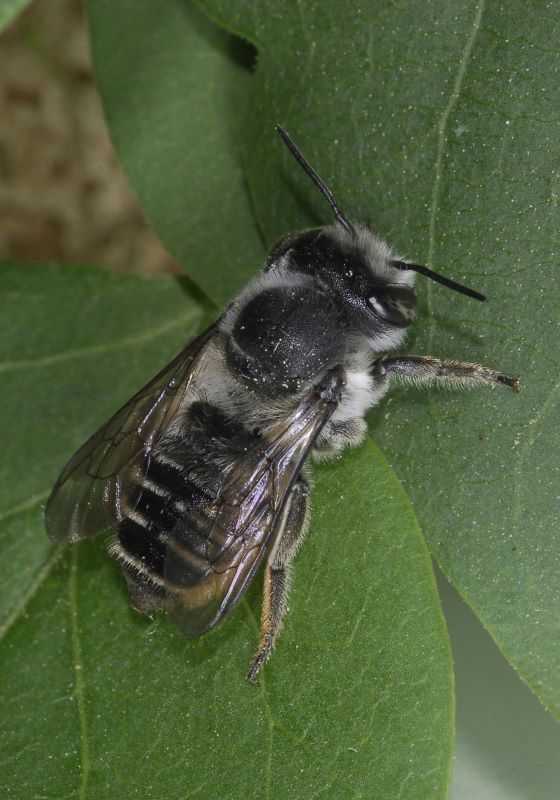
-
The fall webworm is a common pest of shade and ornamental trees in Texas. They cover leaves, branches, and trees in a silken web.

-
Each fall these beetles neatly girdle tree branches about the diameter of a pencil.

-
Galls are growths that occur on leaves, twigs, and roots of trees. They can vary in shape, size, and texture.

-
Elm leaf beetles defoliate all species of elm and are found wherever elms grow in Texas.
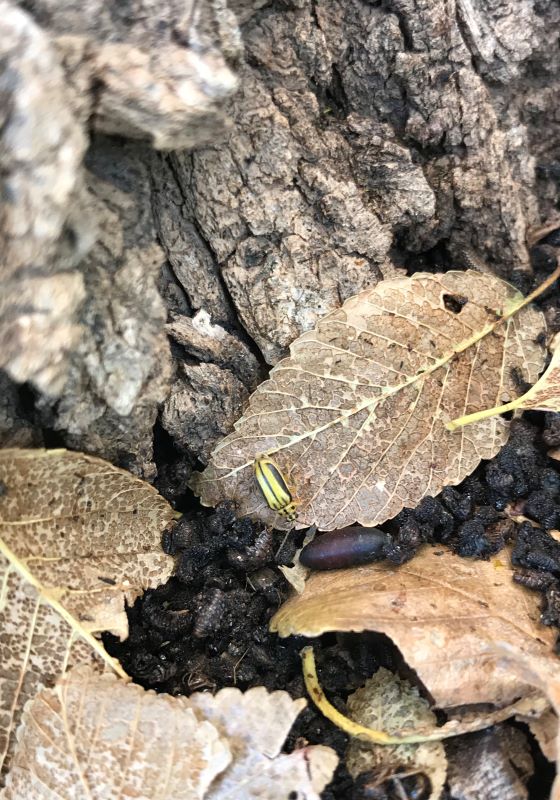
-
Bark lice are small, soft-bodied insects with long antennae. They make silken webs on the bark of tree trunks and limbs.
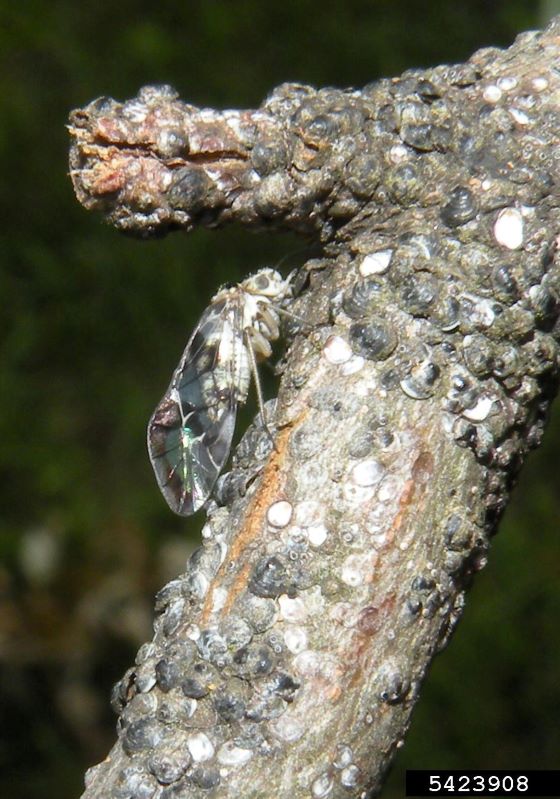
-
The largest caterpillar in East Texas is the hickory horned devil, named after it’s looks; like a small dragon.
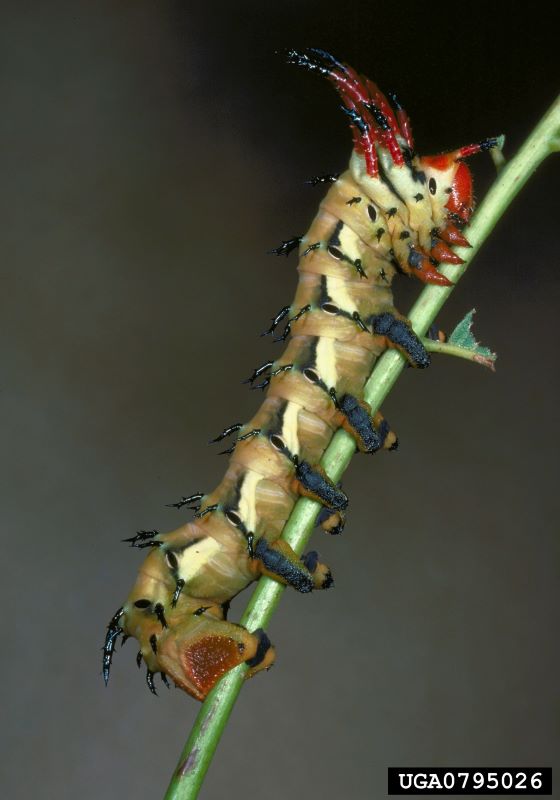
-
Luna moth is one of the most beautiful silk moths found in North America.
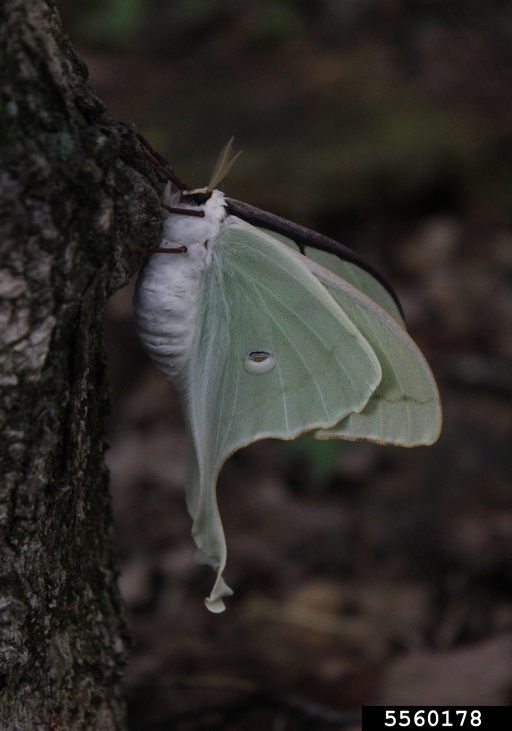
-
Not a significant forest pest in Texas, although it appears annually and occasionally in large numbers.

-
While most of these beetles are native and target dead or dying trees, some invasive species, can cause severe damage to trees.
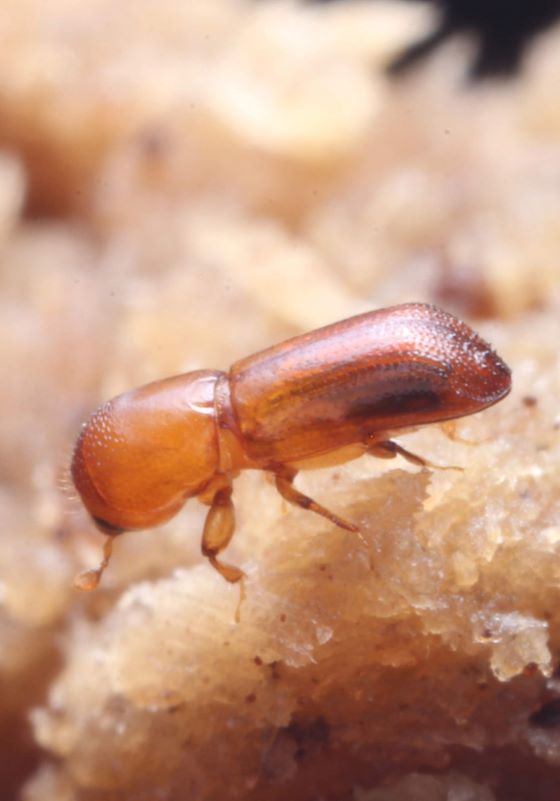
Have questions? We’re here to help!
Contact our forest health team to learn more about insects.